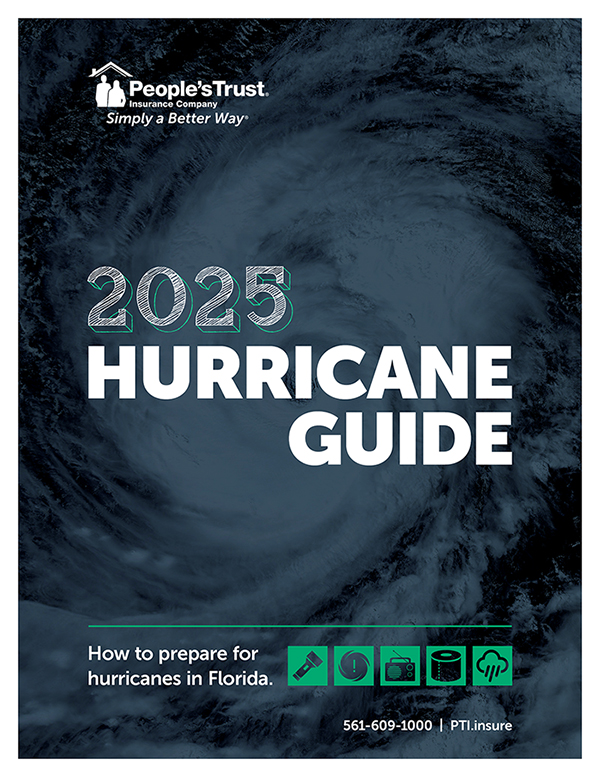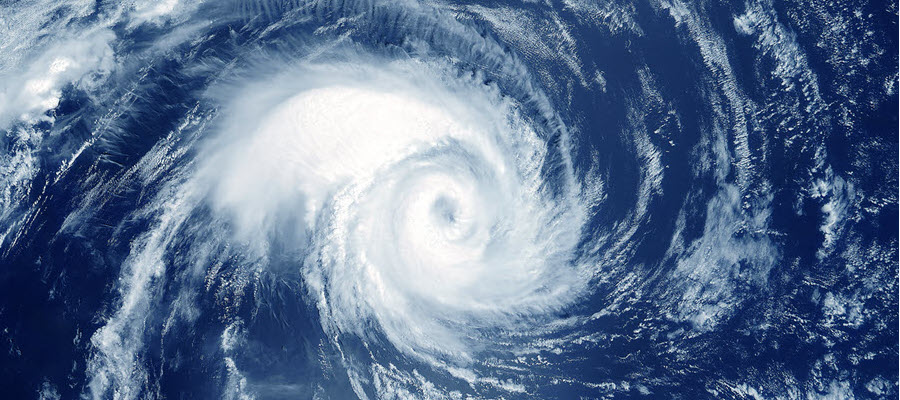Hurricane Hub
Tips and insights to help you handle those inevitable Florida hurricanes.
What are hurricanes, and how do they form?
It all starts with tropical cyclones, rotating low-pressure weather systems with organized thunderstorms, but no fronts. (A front is a boundary separating two air masses of different densities).
► Tropical cyclones with maximum sustained surface winds of less than 39 miles per hour (mph) are called tropical depressions.
► Tropical cyclones with maximum sustained winds of 39 mph or higher are called tropical storms.
Once a storm reaches maximum sustained winds of 74 mph, it’s a hurricane. The Saffir-Simpson Hurricane Wind Scale categorizes hurricanes on a scale of 1 to 5, based on the storm’s maximum sustained winds. The higher the category, the greater the hurricane’s potential for property damage.
In 2005, for example, Hurricane Wilma made landfall in southwestern Florida as a category 3 hurricane with 120 mph winds.
Hurricanes originate in the Atlantic basin, including the Atlantic Ocean, Caribbean Sea, the Gulf of Mexico, the eastern North Pacific Ocean, and the central North Pacific Ocean. A six-year rotating list of names, updated and maintained by the World Meteorological Organization, is used to identify these storms.
Hurricane Season begins on June 1 and ends on November 30, although hurricanes can, and have, happened outside this time. NOAA’s National Hurricane Center predicts and tracks these massive storm systems, which occur about 12 times a year in the Atlantic basin.
Download People’s Trust’s Hurricane Preparedness Guide for more tips on preparing for hurricane season in Florida!


